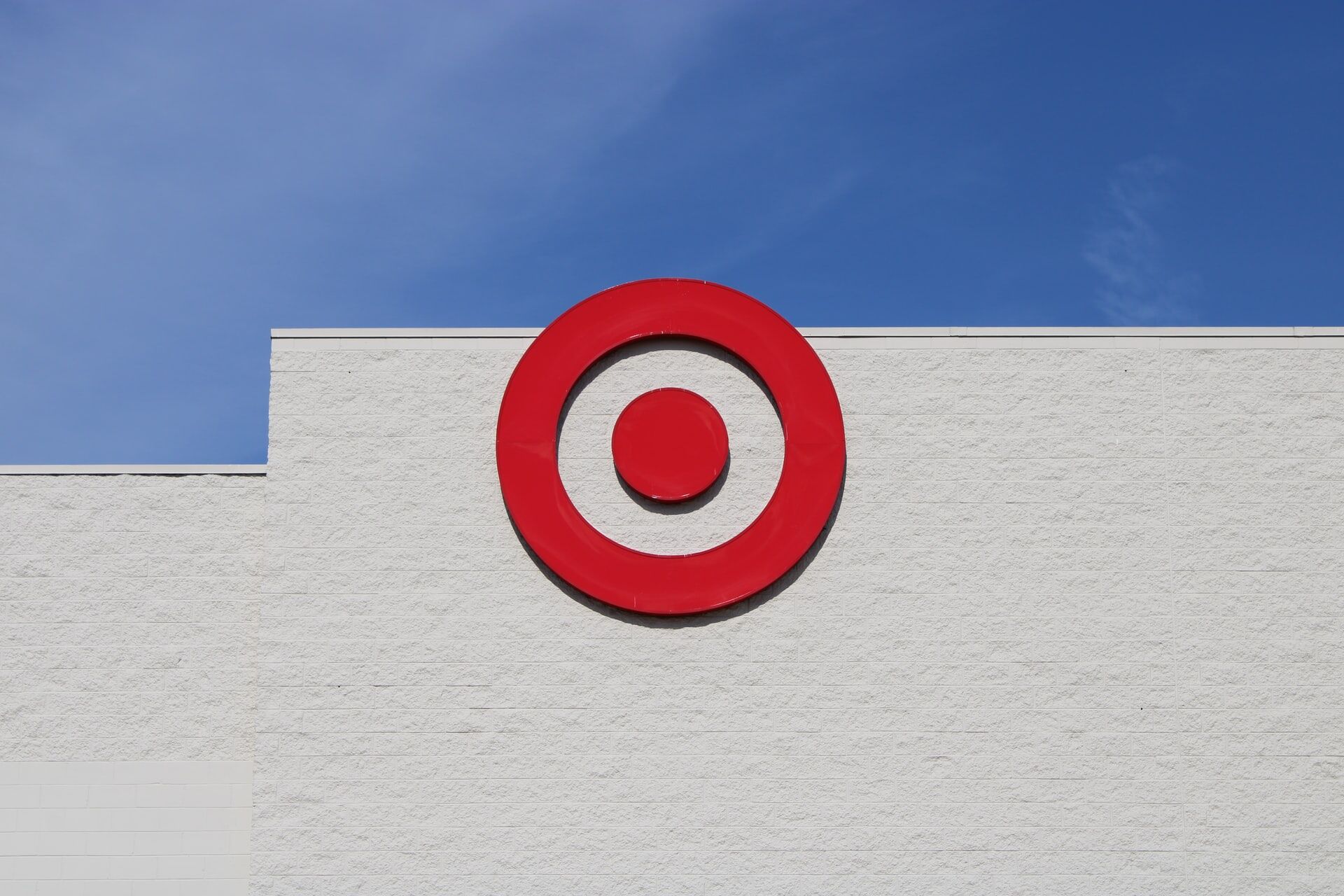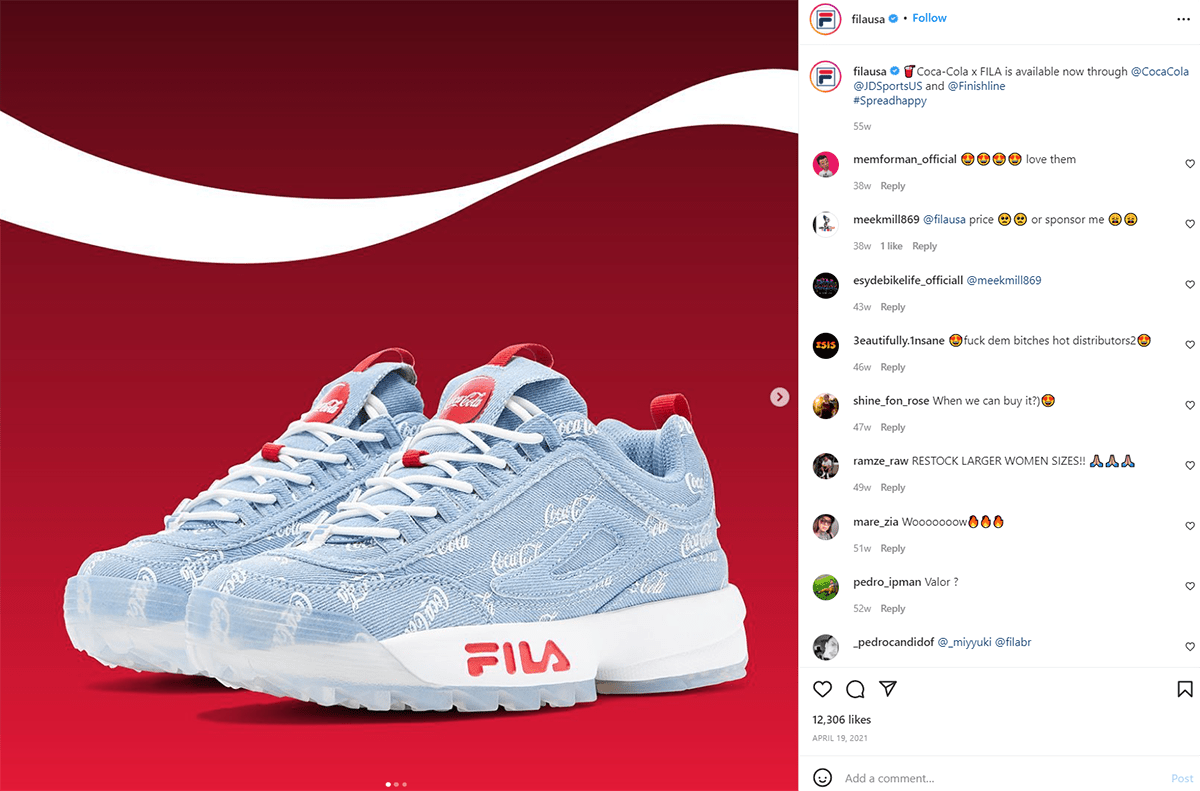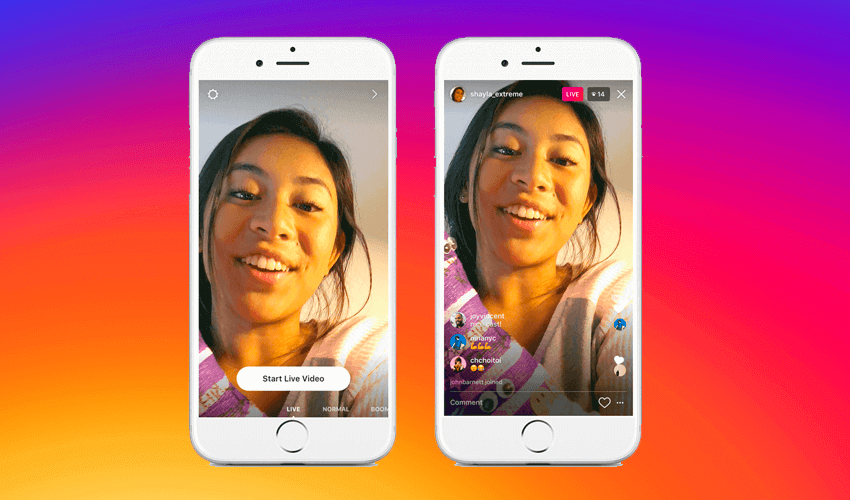If it’s not on social media, does your brand exist?
And – if you’re not on social media – do people know the best side of your brand?
There’s a lot we can say about social media and what it has done to the way we communicate, the way we absorb information, and the way we measure what we know against what we see online. We can talk about how the changes on the internet are down to social media, and talk about whether social media is ultimately good or ultimately bad (spoiler: it’s a tool. It’s what you do with it that changes things).
What we’re going to talk about now is how important social media is – for your brand, for your reputation, and for communicating with your consumers.
Let’s do this.

Social Media: Statistics
Everyone is on social media: you, your brand, your consumers, your competitors, people who say they’re not on social media. The internet has become increasingly narrowed into these channels where to talk and connect with anyone on a wider spectrum, you go to Twitter, you go to Instagram, you go to Reddit or Tumblr.
According to Data Reportal, social media user numbers grow by about 7.5% annually, or at a rate of more than 10 new users per second – that can be quantifiable. Most social media companies restrict their usage of the platform to anyone under 13, and there’s the problem of bots and duplicate accounts to consider, but even when you keep these things in mind, we’re looking at social media users as 75% of the global population.
When you take those figures into account, it’s not surprising that brands are on social media – and that social media dictates what brands do, especially for B2C.
But B2B is catching up.

Social media trends for 2022
2022 continued the legacy of upheavals that COVID-19 put into place, and we saw the fluctuation in some of the world’s biggest social medias: Tiktok’s star continued to rise, Twitter has changed leadership, and Meta launched its Metaverse to mixed reactions.
The platforms themselves haven’t changed – much.
But the trends have.
Here’s a few that benefit B2B marketing.
1. Fringe to Mainstream
The three big social media platforms aren’t going anywhere (yet), but B2B marketing is having a moment on the smaller, fringe platforms. LinkedIn especially has seen an uptick in users, and no wonder: over 80% of B2B leads come from LinkedIn.
As a platform, LinkedIn is perfect for B2B marketing: it’s a place where professionals network, so if you’re looking for your next big client or B2B pitch, knowing what conversations are happening on LinkedIn is important – and the more you get into a habit of using LinkedIn, the better you can connect with the kind of clients you want to work with. We’ve written more about it here.

2. Target, Re-Target, Target
If you want to get the most out of social media, you need to invest in social media. It’s true for B2C clients, and it’s also true for B2B marketing.
Putting out good, eye-catching content is step one.
Step two is putting your money where your mouth is.
Social media ads are going to get drowned out; that’s just the nature of the noise on the internet. You’re not the only person advertising in the same space, so what you’re saying might skip a couple of audiences if you’re not careful about who you want to listen in.
That needs targeting. Targeting needs a paid social media campaign.
Figure out who your audience is. Figure out what they want to see from you: digital papers, more of your work, research that can help them run their next campaign? Once you have that, figure out how much you want to put behind it.
Putting targeted, boosted campaigns on social media isn’t a waste of money: it’s how the people you want to work with see what you can do.

3. Conscious Content
This one isn’t a new trend, but it has gained new importance in 2022.
As a B2B organisation, there’s a chance that your own marketing and content gets displaced in favours of your clients’ work – and sometimes, it could be weeks before you post an update on your social media pages.
Don’t do that. We’re telling you this because we do it ourselves, and it needs to stop.
Clients, potential and otherwise, want to see what you can do. If you post on social media infrequently and put out content that doesn’t put your brand’s best foot forward, it’s not going to do your brand any favours.
Worst of all, it’s not going to help people remember your brand.
Content is important. Good, beautiful content that looks amazing is even more important.
Good, beautiful content that looks amazing and is frequently updated is even better.
Your clients in the B2B sector are still people. Like B2C clients, they want to know more about the brands that they’re working with. They want the story of who’s behind their last collaboration or partnership.
Give them that story.
Oh – and make sure to tag it.

4. Mobile-first design
You have the time to read this blog.
But where are you reading it? Laptop? Computer?
Or mobile-phone?
Mobile-first web-design is another old trend coming to the forefront, but there’s a reason for it: in a world that’s go-go-go all the time, sitting down and committing to the time that it takes you to read a blog is harder than you think.
However, if that blog is on your mobile, you might find time to scroll through it – and if the content is good enough, you might even go back to it or share it.
We spend most of our time on our phones: tiny little powerhouses of information, easier to plug-and-play than a laptop, more portable than some tablets.
Mobile-first design takes the idea that tablets and phones are how most people access content these days and makes it the foundation for all design.
And when 56% of online traffic comes from mobile, it makes a lot of sense to make sure your content works as well on mobile devices as it does on a computer.

5. Live a Little
Twitter Audio. Instagram Stories. LinkedIn Live.
Immediate, fleeting, and humanising.
Live content is complex to get right: on top of making sure it looks good, it has to be engaging, and on top of it being engaging, it has to show you in the right way. It’s no wonder why it’s one of those effective marketing tools that just gets shunted to the wayside.
That said, if you manage to try even one new thing this year, make it live content. Behind-the-scenes content and live content create a direct relationship with whoever you’re targeting, which makes it so much easier to build a connection with them in the long-run.
People are curious creatures. Just because they’re working for a brand doesn’t make them less curious.
We all want to see if the grass is really greener on the other side.

All of this sounds great. How do I start?
Find your story.
You have one. Every brand and business in the world has a story, the thing that they roll out of bed and go to work for. Your story is the key to what makes your brand stand out, and all of these tactics and techniques won’t work unless you know what your message is.
Treat your B2B clients the same way you would treat a B2C client, and tell them a story.
And if you need help coming up with one, we’re happy to help you there.




